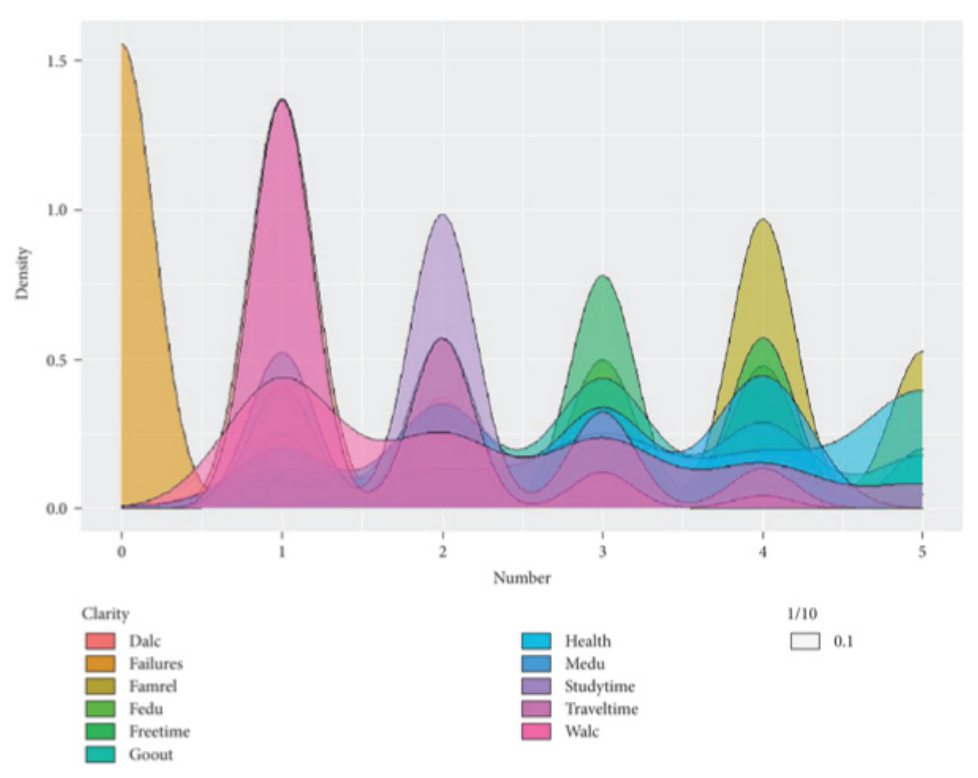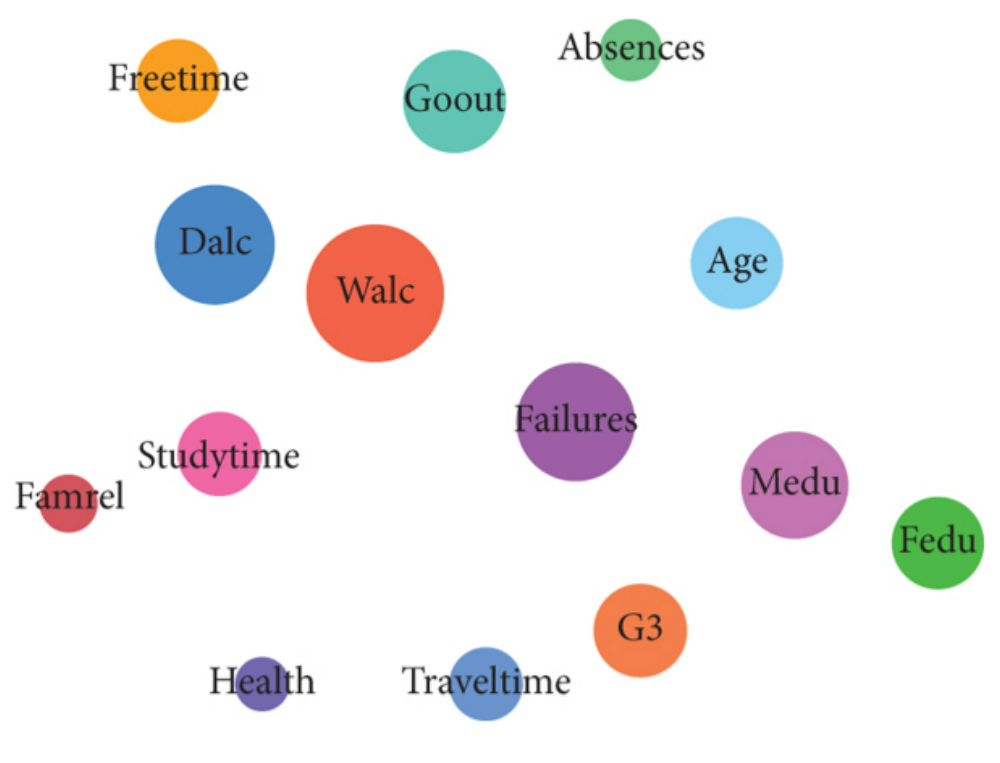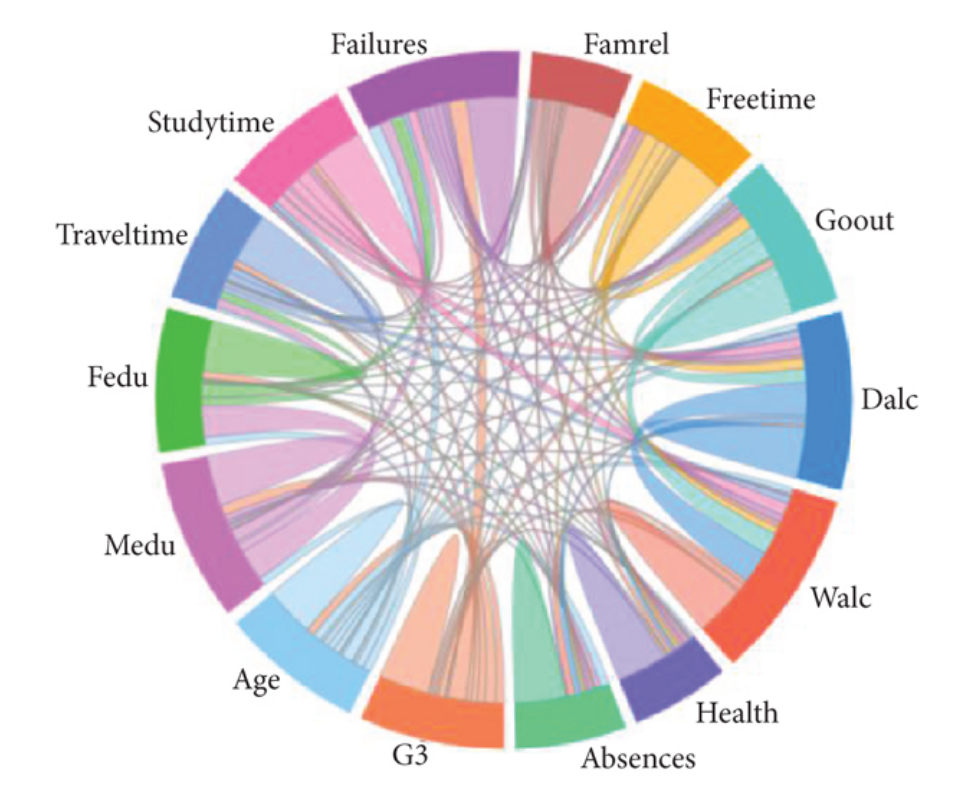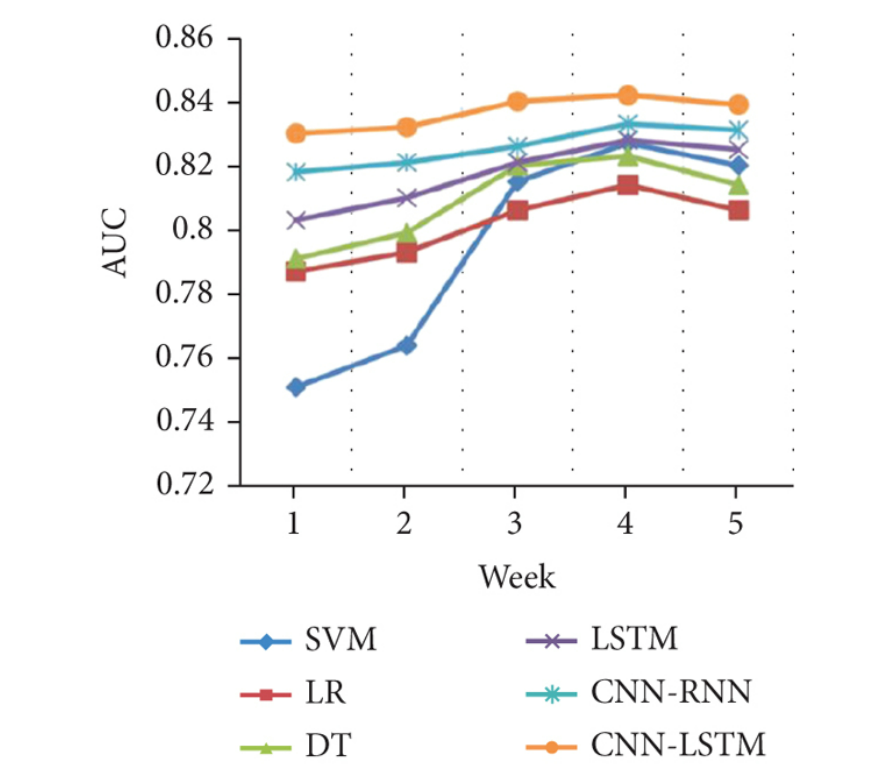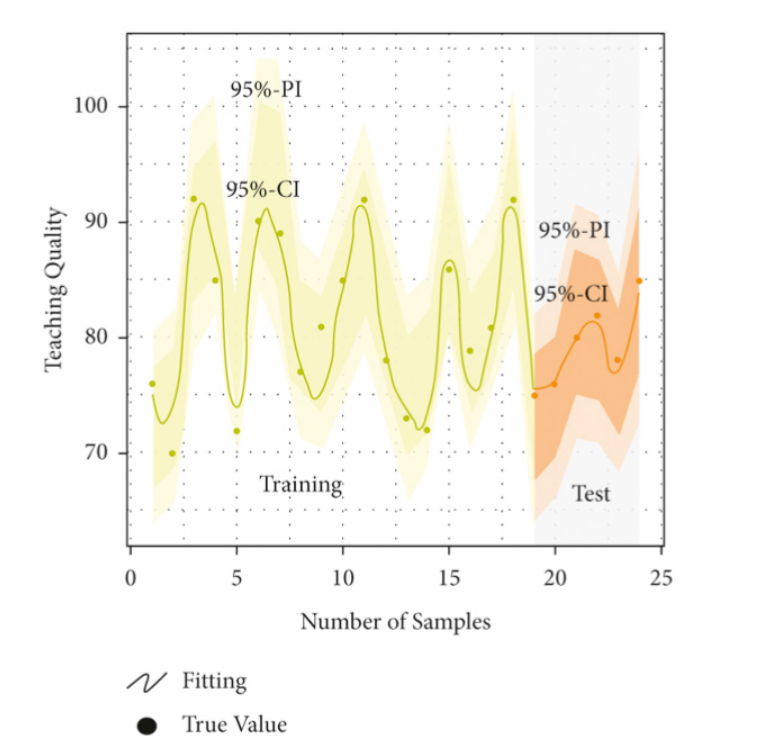 An open access journal
An open access journal
Online Learning Environments: Advancements in E-Learning Platforms and Tools
Abstract
The digital revolution has significantly transformed the landscape of education, with Online Learning Environments (OLEs) emerging as a pivotal component in facilitating remote education. This paper explores the advancements in e-learning platforms and tools that have contributed to the enhancement of online education. It delves into the evolution of learning management systems (LMS), adaptive learning technologies, mobile learning (m-learning) applications, and interactive multimedia resources, highlighting their role in promoting accessibility, personalization, and engagement in online learning. Through a comprehensive review of recent literature and case studies, this study identifies key trends in the development of OLEs, such as the integration of artificial intelligence (AI) for personalized learning experiences, the adoption of gamification to increase student engagement, and the emphasis on social learning through collaborative tools. Additionally, the paper addresses the challenges faced by OLEs, including issues of digital equity, data privacy, and the need for pedagogical adaptation by educators. The findings suggest that while significant progress has been made in e-learning technologies, ongoing research and development are essential to address the evolving needs of learners and educators in diverse contexts.
Share and Cite
Article Metrics
References
- Al-Imarah, A. A., & Shields, R. (2017). Mobile Learning: A Comprehensive Survey. Computers & Education, 118, 75-89.
- Bower, M., & Sturman, D. (2015). What Are the Educational Affordances of Wearable Technologies? Computers & Education, 88, 343-353.
- Conole, G., & Alevizou, P. (2010). A Literature Review of the Use of Web 2.0 Tools in Higher Education. A Report Commissioned by the Higher Education Academy, 1-52.
- Dawson, S., McWilliam, E., & Tan, J. P. L. (2008). Teaching Smarter: How Mining ICT Data Can Inform and Improve Learning and Teaching Practice. Journal of Higher Education Policy and Management, 30(1), 55-67.
- Downes, S. (2017). Learning Management Systems: A Look at the Big Picture. EDUCAUSE Review Online.
- Gikas, J., & Grant, M. M. (2013). Mobile Computing Devices in Higher Education: Student Perspectives on Learning with Cellphones, Smartphones & Social Media. The Internet and Higher Education, 19, 18-26.
- Johnson, L., Adams Becker, S., Cummins, M., Estrada, V., Freeman, A., & Ludgate, H. (2013). NMC Horizon Report: 2014 Higher Education Edition. Austin, Texas: The New Media Consortium.
- Margaryan, A., Bianco, M., & Littlejohn, A. (2015). Instructional Quality of Massive Open Online Courses (MOOCs). Computers & Education, 80, 77-83.
- Bates, A. W. (2015). Teaching in a Digital Age: Guidelines for Designing Teaching and Learning. Vancouver, BC: Tony Bates Associates Ltd. Available at https://opentextbc.ca/teachinginadigitalage/
- Siemens, G., & Conole, G. (2013). Connectivism: Design and Delivery of Social Networked Learning. New York, NY: Springer.
- Anderson, T., & Dron, J. (2011). Three Generations of Distance Education Pedagogy. The International Review of Research in Open and Distributed Learning, 12(3), 80-97.
- Downes, S. (2012). Connectivism and Connective Knowledge: Essays on meaning and learning networks. National Research Council Canada. Available at http://www.downes.ca/files/books/Connective_Knowledge-19May2012.pdf
- Mayer, R. E. (2014). Cognitive Theory of Multimedia Learning. In R. E. Mayer (Ed.), The Cambridge Handbook of Multimedia Learning (2nd ed., pp. 43-71). Cambridge, UK: Cambridge University Press.
- Veletsianos, G. (2016). Emergence and Innovation in Digital Learning: Foundations and Applications. Edmonton, AB: Athabasca University Press.
- Prensky, M. (2001). Digital Natives, Digital Immigrants Part 1. On the Horizon, 9(5), 1-6.
- Dabbagh, N., & Kitsantas, A. (2012). Personal Learning Environments, social media, and self-regulated learning: A natural formula for connecting formal and informal learning. The Internet and Higher Education, 15(1), 3-8.

